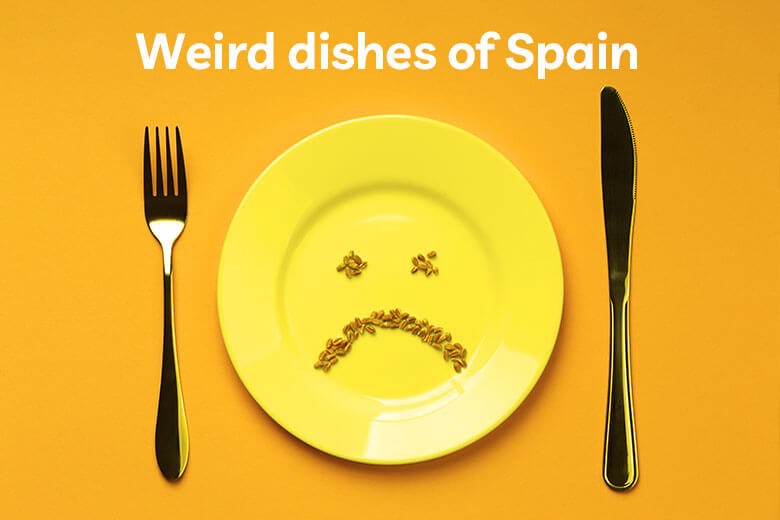
You definitely have a lot planned for your trip to Spain. A vacation to Barcelona would not be complete without seeing at least one of Gaudi’s incredible works of architecture. Visiting Madrid? You are probably looking forward to seeing some amazing art or spending the afternoon people-watching at Plaza Mayor. There are numerous beautiful vineyards scattered over the region’s undulating hills if a trip to wine country is more your speed.
And what about the food? How much planning have you done for meals? It will not be difficult to locate excellent tapas and wine bars. But what about the out-of-the-ordinary choices? Here is a little taste of some of the more outlandish dishes you might be tempted to try while in Spain, either because they seem so bizarre or because you want to sample some authentic Spanish fare that is less well-known outside of the country.
The fact that so many people travel to Spain each year specifically to sample its culinary offerings is proof that the country has much more to offer than its well-known beaches. Some traditional Spanish foods, however, are not for the faint of stomach. What are some unusual tapas options, then?
7 Most Unusual Dishes to Try in Spain
We are going to explore some of the most out-there Spanish cuisine today, including some truly bizarre meals and tapas. We have compiled a list of the seven most out-of-the-ordinary Spanish dishes and where to get them so that you can begin making plans for your next vacation.
- Pig ear
- Bull’s tail and testicles
- Goose Barnacles
- Shredded Baby Eel (Angulas)
- Toasted Breadcrumbs
- Octopus
- Sweet Grilled Onions
1. Pig ear
The Spanish love to use pig’s blood in the kitchen, but they also like feasting on the ears of pigs.
These pan-fried nibbles have a distinct flavor that takes some getting used to, but any adventurous diner should like them. The flavor is quite similar to that of pork, and they are typically seasoned with salt and paprika.
Many individuals have difficulty with chewing cartilage, the disgusting material from which your own ears are constructed.
There are two layers of fat covering the cartilage, and the skin on top may still retain hair, so you will need to be feeling rather sure of yourself.

2. Bull’s tail and testicles
Breaded and fried bull testicles are a common tapas meal in Spain, which is one of the most unusual foods you get to try in Spain. The dish has a long history and is said to give eaters more courage and manliness. Criadillas is the name used in the area, and a hot wine sauce is a common accompaniment.
The Spanish have a unique and delicious manner of cooking bull’s tail as if eating the testicles was not enough. Tomatoes, beef stock, veggies, and an array of spices are the foundation of this aromatic stew known as rabo de toro. In order to enhance its flavor, some chefs use one of the country’s numerous excellent wines. Cow’s tail may be substituted for beef at less fancy eateries.
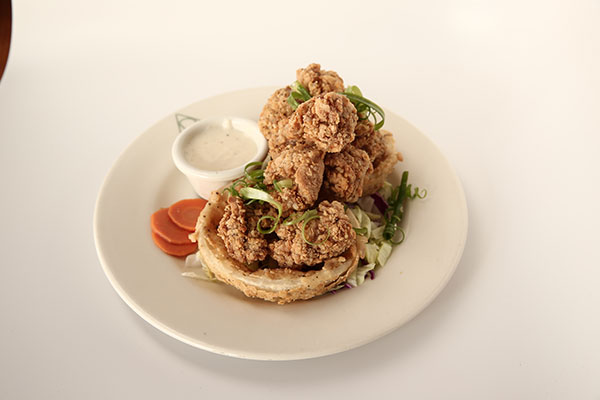
3. Goose Barnacles
Goose barnacles, or percebes, are considered a delicacy and one of the weirdest dishes you get to try in Spain. And it is a somewhat pricey meal. If you are ready to “shell out,” however, you will find that these crustaceans are well worth the cost.
Given the labor-intensive nature of their harvesting, their high cost is to be expected. Finding and harvesting is a perilous endeavor since it requires fishermen to descend precipitous cliffs while being pummeled by waves.
Due to its strong flavor, most chefs would simply boil Percebes in salt water for a few minutes before serving. Once the barnacle is cooked, you may twist it open and slurp out the orangey-brown meat.
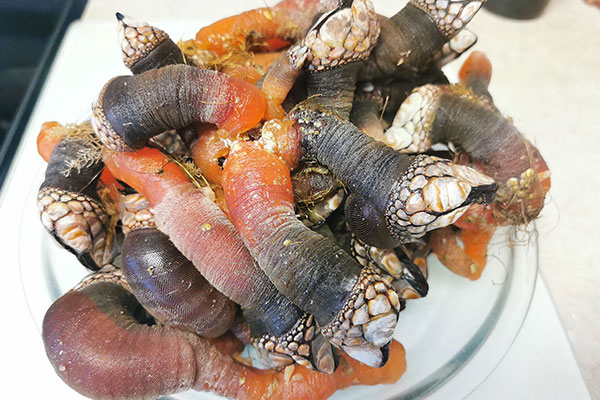
4. Shredded Baby Eel (Angulas)
Baby eels resemble short, grey, and white strands of spaghetti. Their gray backs and white bellies indicate that they are reptiles. Sautéed in olive oil, garlic, and cayenne pepper in clay pots, they are served as a gourmet appetizer. However, times have changed, and they are now extremely hard to come by, especially in fresh form. They are extremely costly because the Japanese steal them to raise for unagi sushi!
However, because of the high demand, “fake” angulas may now be purchased from supermarkets to please the Spanish taste. They are called Gulas, and they look and taste remarkably like the real thing (surimi fish paste, a grey back, and a white belly), with one major difference: they lack eyes.
If the price and the name on the menu are not enough to tell you that you are getting the real deal at the grocer, here’s the secret: The eyes of a genuine angula are two tiny openings in the tip of the animal.
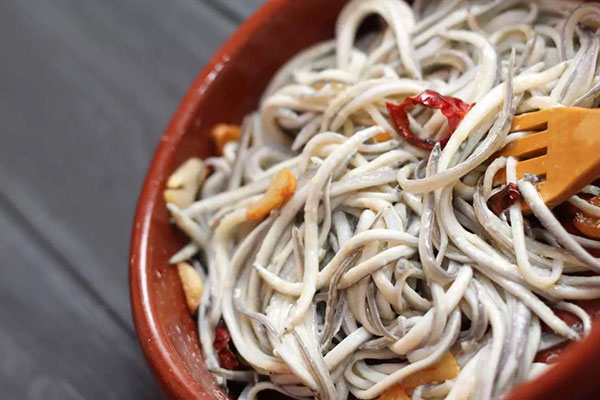
5. Toasted Breadcrumbs
Despite being a fairly common ingredient, breadcrumbs have been a popular appetizer or snack in Spain for generations and probably one of the most unusual foods in Spain and in the world.
It is made by tossing pieces of stale bread into a bowl with oil seasoning and roasting them in the oven. You may make a heartier dinner by adding a fried egg or some excellent chorizo in addition to the customary accompaniments of garlic, oil, pepper, and grapes.
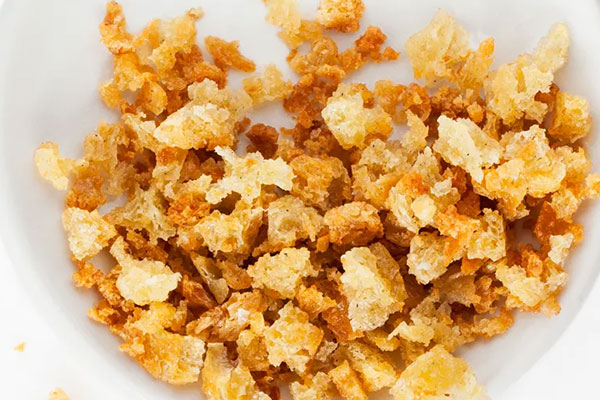
6. Octopus
If you enjoy seafood, you may find this meal irresistible despite its unassuming name, which is actually a disguise for grilled octopus tentacles.
Galicia, Spain, is where you should go if you want to eat octopus. The most popular restaurants serving octopus are called pulperias.
The octopuses are boiled whole before the tentacles are snipped off and served as individual bites. Olive oil, salt, and paprika are poured over the top, and the finished product is served over fresh bread and (ideally) wine.
The meat itself is delicious, with a texture somewhere between that of chicken and calamari. Pulpo a la brasa (octopus cooked over an open fire) is a great alternative to boiled octopus if you do not enjoy its greasy texture. It is got all the flavor without any of the icky sliminess.
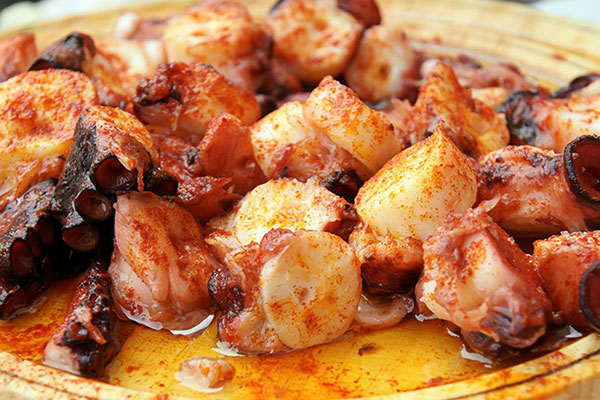
7. Sweet Grilled Onions
Perhaps you do not think it is that unusual to consume scallions or spring onions. The uniqueness of this cuisine lies, however, in the peculiar manner in which it is consumed in Catalonia. The outer layers of “calçots” are roasted until they become totally black, and then the entire vegetable, including the bulb and stalk, is utilized by the consumer.
Catalonia, a region in Spain, is home to several different types of this food. They are notably popular in the Lleida and Tarragona districts, as well as the region around the Ebro Delta. To truly appreciate a “calçot,” however, you must first dip it in the traditional “romesco” sauce made of almonds, garlic, tomato, vinegar, and red pepper.
This Spanish delicacy is best enjoyed with your hands, so if that is not your thing, look elsewhere. It is not a meal for the delicate, what with having to peel off the charred outer layers with your hands before eating the spring onion (no plates or silverware required), while the romesco sauce goes pretty much everywhere.
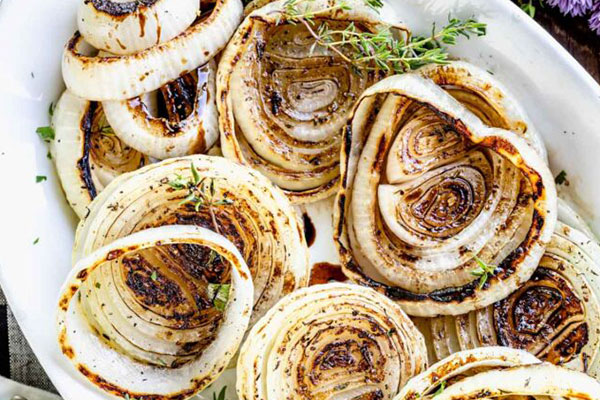
Conclusion
Paella, seafood platters, and patatas bravas are among the most well-known traditional Spanish cuisine, but there are many more out-of-the-ordinary options available as well. Here are seven odd Spanish dishes you must taste before leaving the country, from fried breadcrumbs to bull’s testicles.



